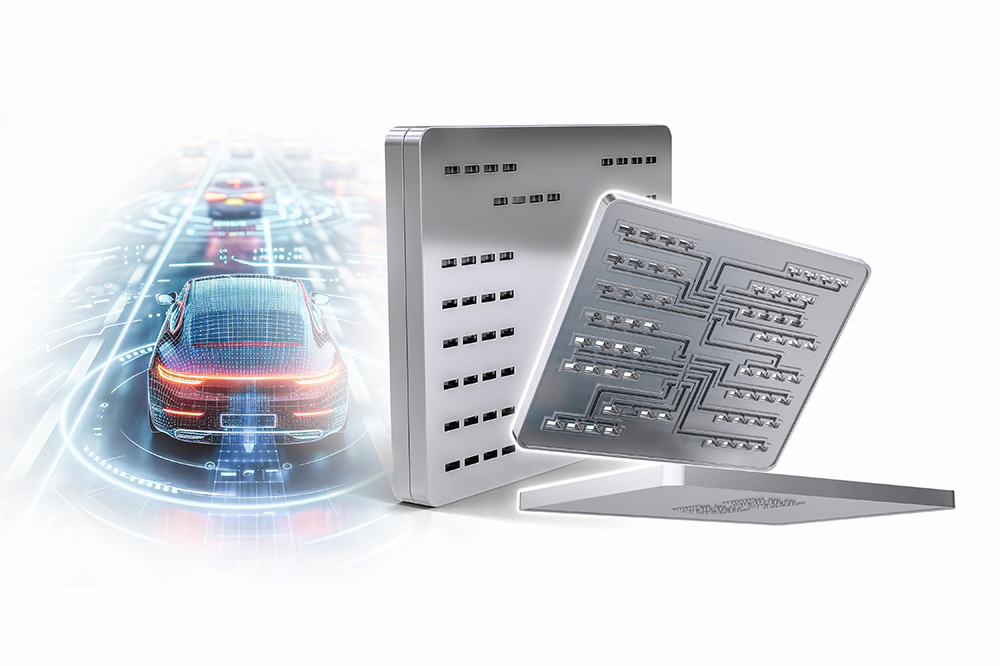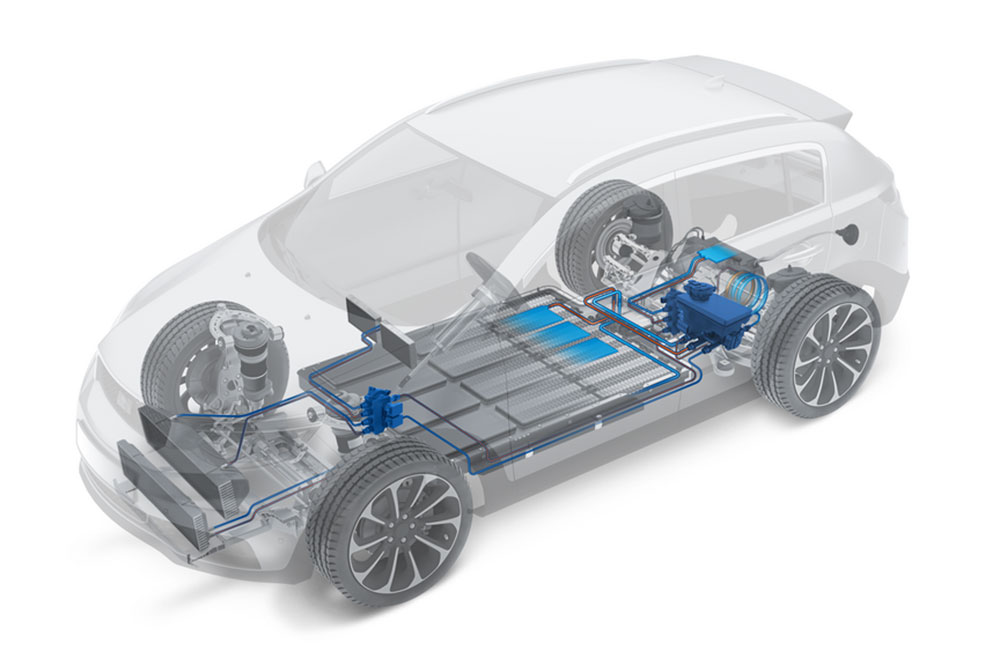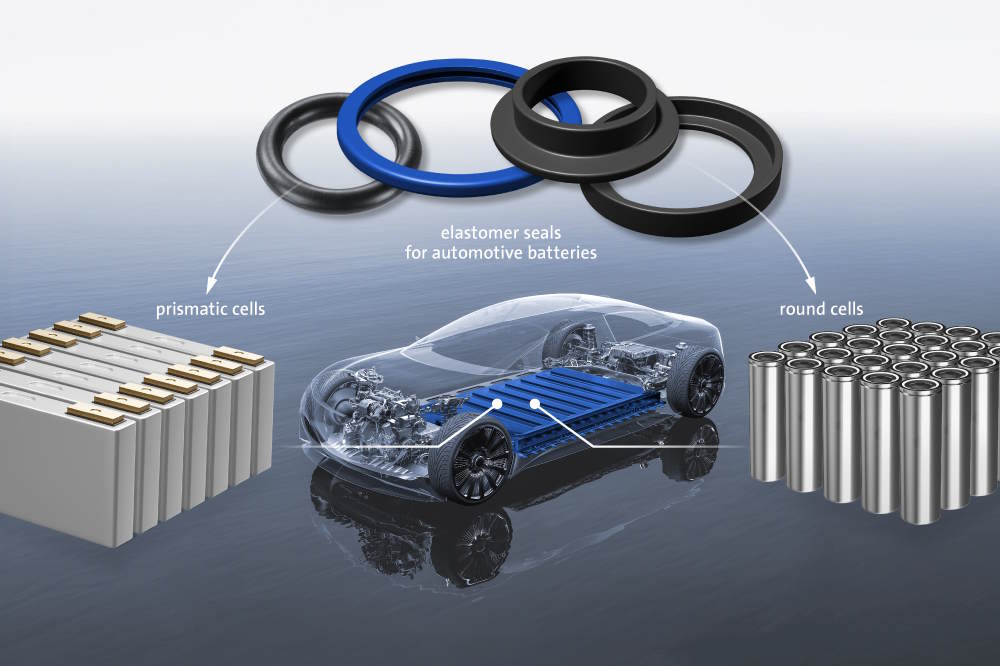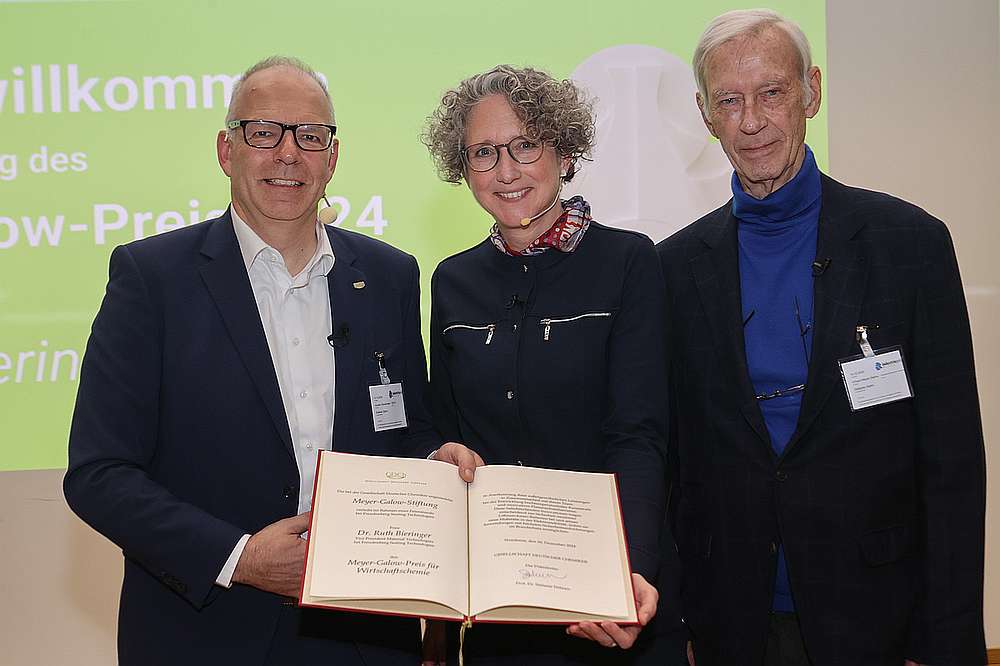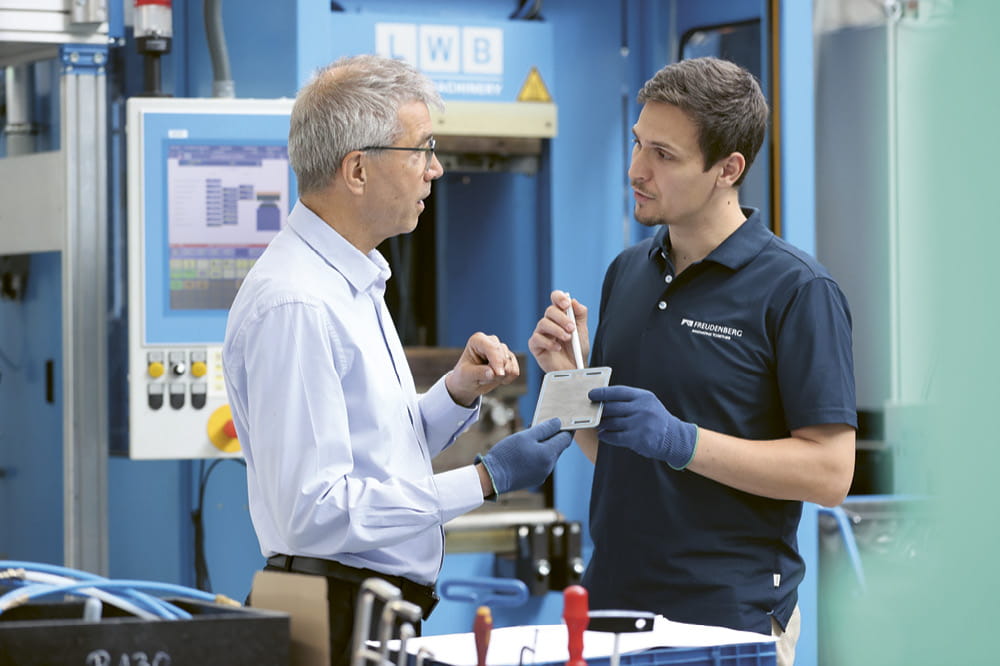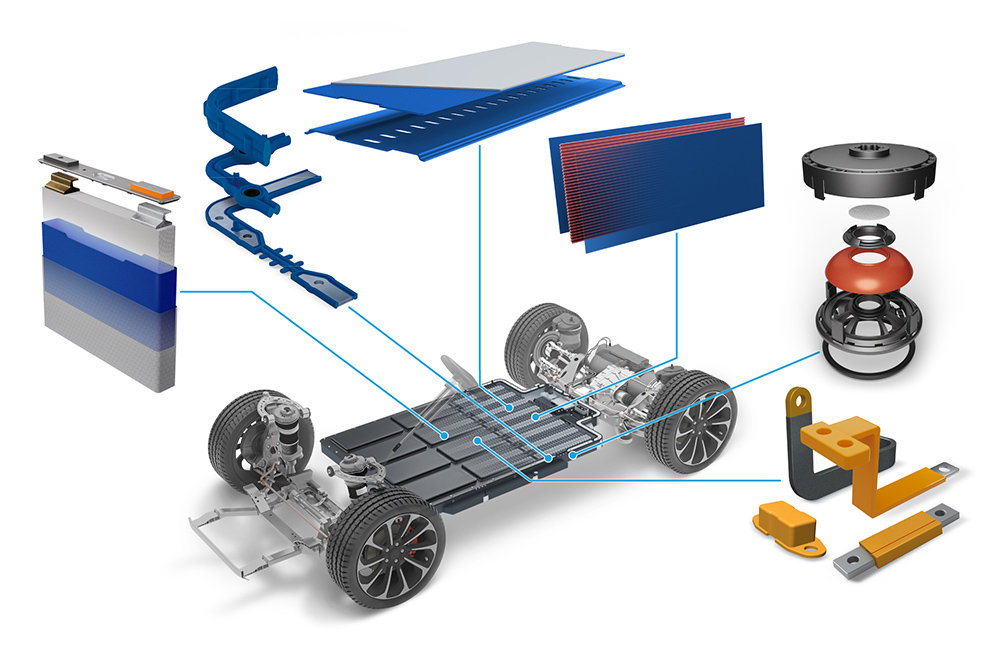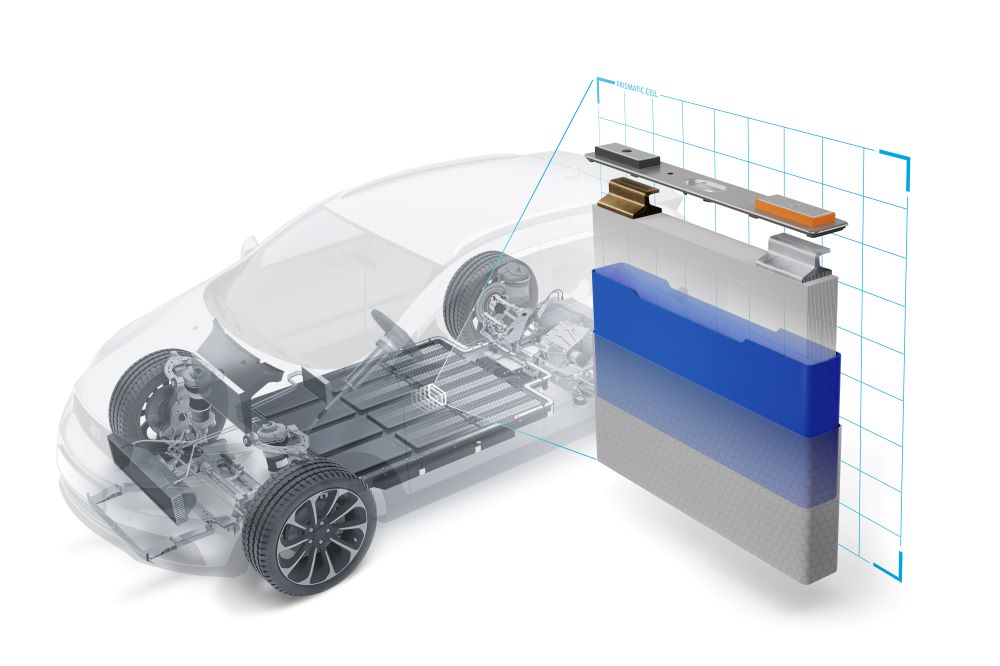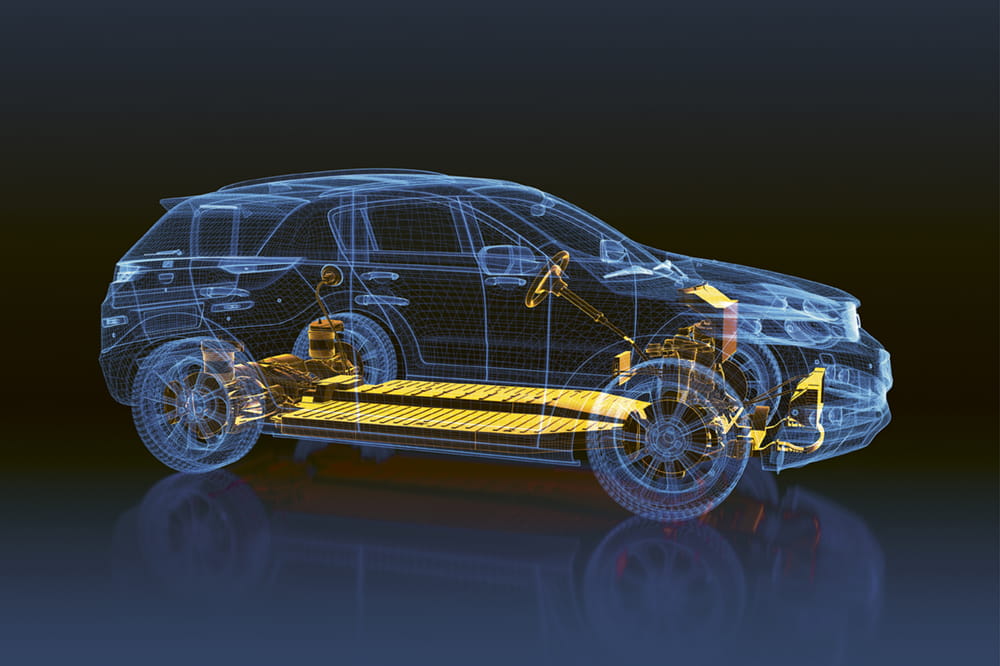Obtain news and background information about sealing technology, get in touch with innovative products – subscribe to the free e-mail newsletter.
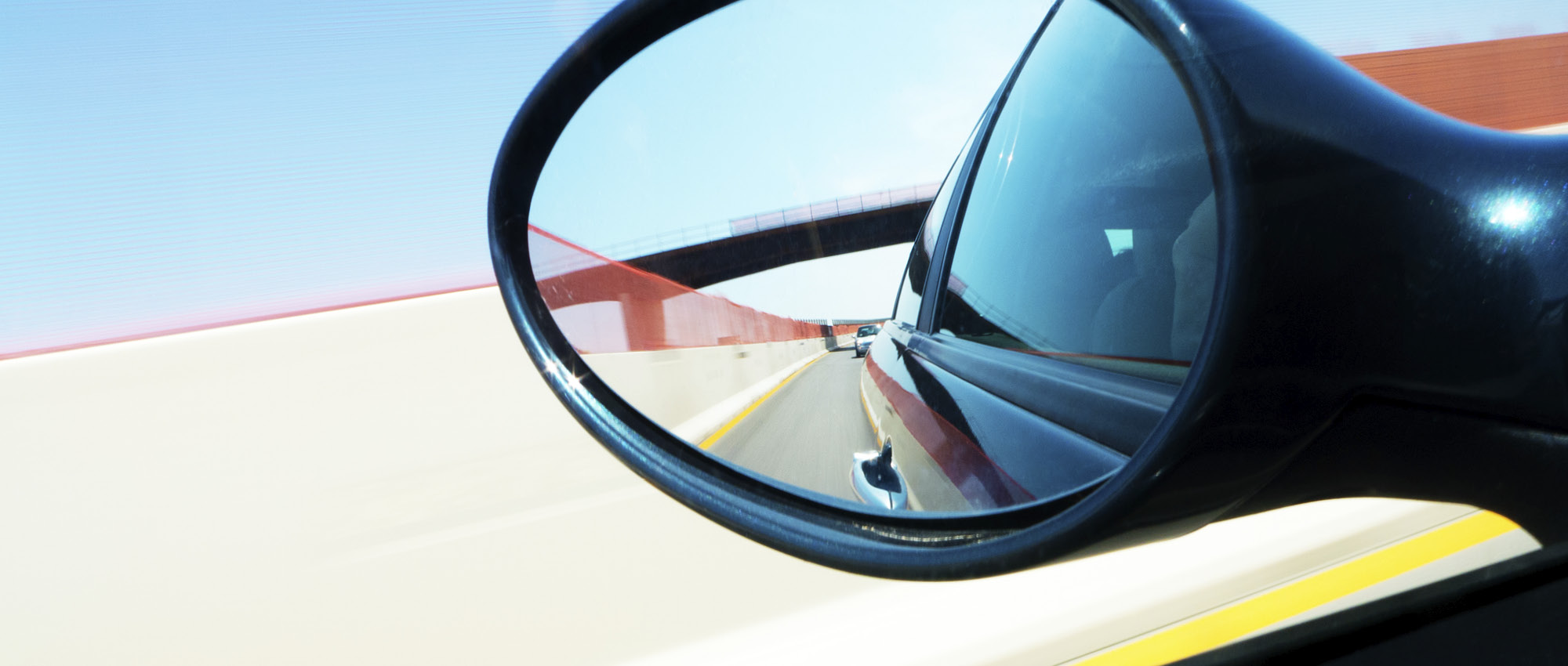
22.09.2020 | Story
Left by the Wayside?!
What if we all decided to buy a car based solely on how we get from A to B economically and with low energy consumption? The vehicle designs from Volkswagen and the prototypes for solar and LPG demonstrate what can be achieved if comfort and driving pleasure are not the main focus. Promising technology that is left by the wayside.
Three-liter Car
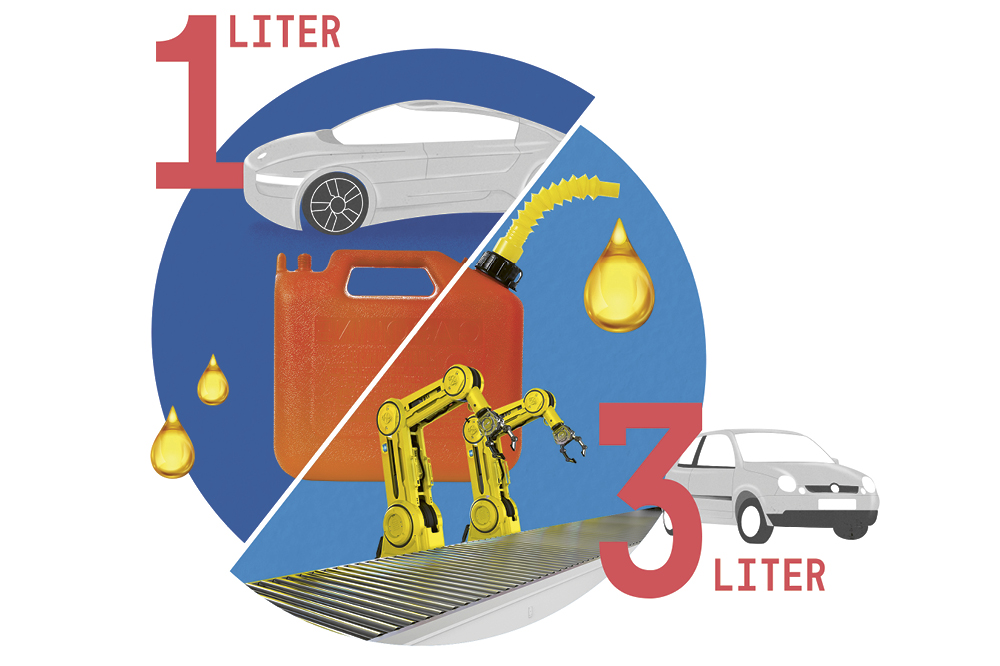
Sounds Promising
The “car of the future” was supposed to consume less fuel decades ago. The oil crisis of the 1970s showed industrial nations how dependent they were on the lubricant of the global economy. The environmental movement, which emerged later, demanded a reduction in emissions. The world seemed ready for a so-called low-energy vehicle. Volkswagen drove these considerations to new heights in 2002. Then-CEO Ferdinand Piëch demonstrated the suitability of a one-liter car for the road when he drove a prototype 230 kilometers to the company’s annual meeting. Was this the path to a new era of auto mobility?
Really?
No! VW built 200 units of a successor to the one-liter prototype between 2014 and 2016, but it halted the project just like it did the three-liter car previously. The mini-compact Lupo featured a streamlined aluminum body, but was only built from 1999 to 2005. Consumers found the car to be too small and expensive and its look unappealing. Sales of just 27,000 units testify to that. Even a three-liter version of the larger Audi A2, which reached the market in the same timeframe, made little headway. Just 6,500 units were built. The three-liter car with an internal combustion engine remained a footnote in the industry’s history, to say nothing of the one-liter car.
Solar Car
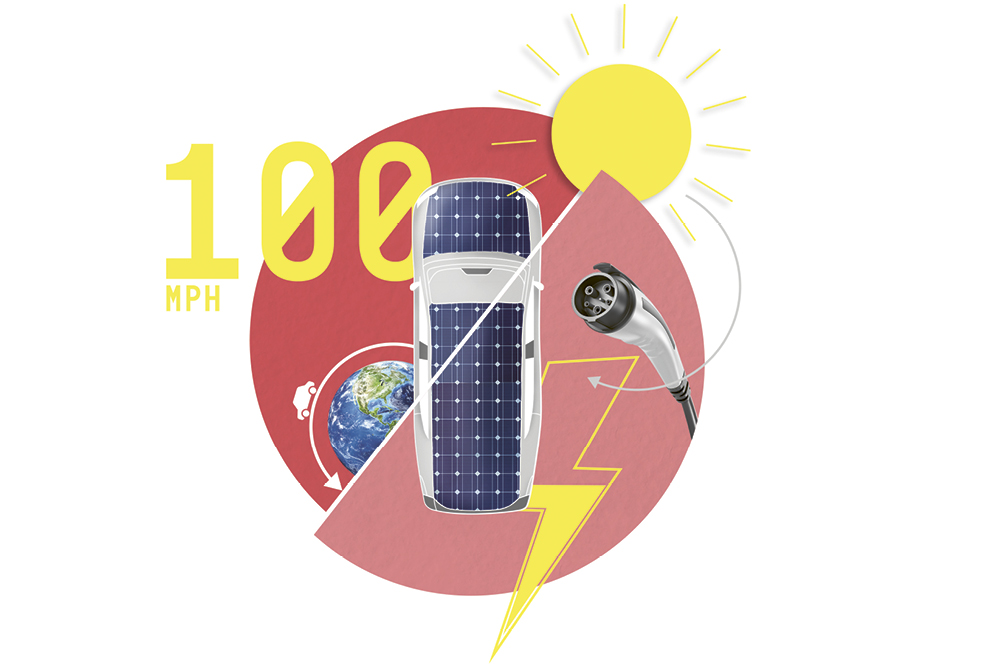
Sounds Promising
If solar cells have made it possible to navigate in space, why not use them for mobility back home on earth? Solar vehicles have many advantages: Their powertrains produce no emissions at all. They don’t require a charging infrastructure, and the fuel beaming down from the heavens is free. A car drove the first kilometer using solar energy in 1958. Since then, scientists have tinkered with ambitious solutions. In the World Solar Challenge, for example, futuristic “solarmobiles” hurtled across Australia at 100 km/h (62 mph). The first solar cars have now made it around the world. Are they now among the alternatives to take seriously?
Really?
Not at all! At least not as pure solarmobiles. The idea of boosting electric cars to greater ranges now seems a bit more realistic. Their bodies would be covered with solar cells. Short stretches should even be possible exclusively with solar power, assuming that the car is exposed to enough sunlight ahead of time. These ideas have been discussed in the high-end sector, but haven’t made it past the business-simulation stage. All-solar electric cars look like large soapbox racers and aren’t ready for series production. They also pose safety hazards due to their extremely light weight. Heavy loads are not in the cards either, and their ranges remain an issue. And a great deal of energy is lost during the conversion of sunlight into electricity.
Autogas
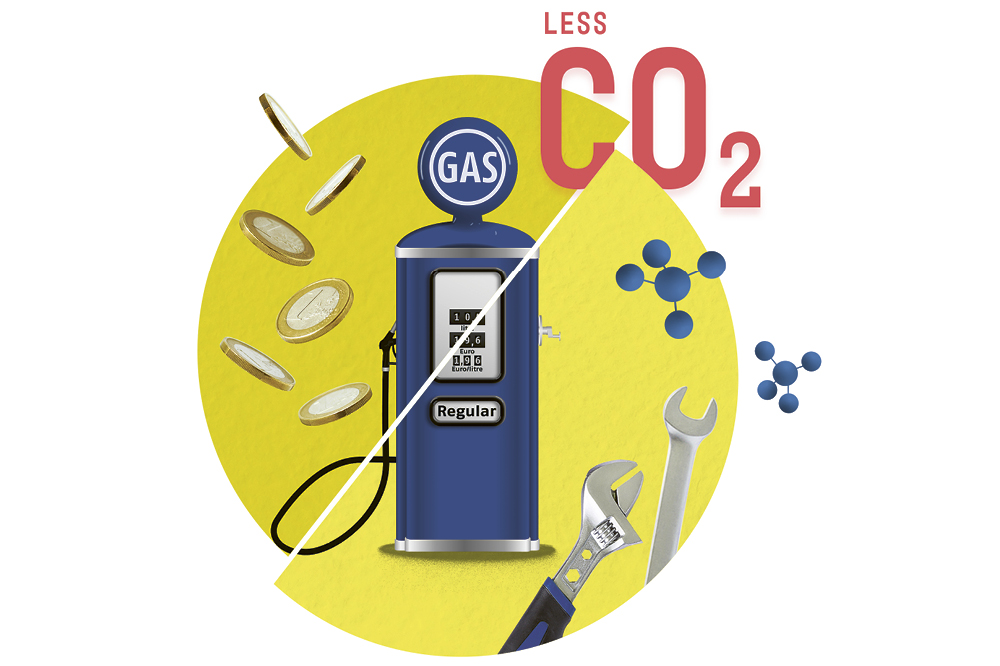
Sounds Promising
Gas is a true oldie when it comes to fuels. In the case of gas propulsion, a distinction is made between natural gas and autogas, which is liquefied under high pressure. In many places, the latter is marketed under the abbreviation LPG (liquefied propane gas). Long-range taxis and buses are among the beneficiaries of gas-fueled powertrains, not least of all because the prices of these fuels are generally much lower than those for diesel and gasoline. Many countries also have a comprehensive network of filling stations offering these varieties of gas. They both emit lower levels of nitrogen oxides and CO2 than gasoline and diesel do. Are they potential big sellers?
Really?
Not at all! Sure, there are countries where gas propulsion is comparatively popular. South Korea, Turkey, Russia, Poland and Italy accounted for nearly half of the autogas consumption worldwide in 2017. But on the global level, gas registered only in the low single-digit percentages. It is marginal in the U.S. In Germany, electric vehicles recently overtook their natural gas counterparts. The number of autogas vehicles has fallen 20 percent in the last five years. Why? The connections for fill-ups are not uniform internationally. Moreover, gas-fueled vehicles require more maintenance, and there are significantly fewer models in series production. Conversions are only amortized over relatively long periods of time.
More news on the subject E-Mobility

Join Us!
Experience Freudenberg Sealing Technologies, its products and service offerings in text and videos, network with colleagues and stakeholders, and make valuable business contacts.
Connect on LinkedIn! open_in_new